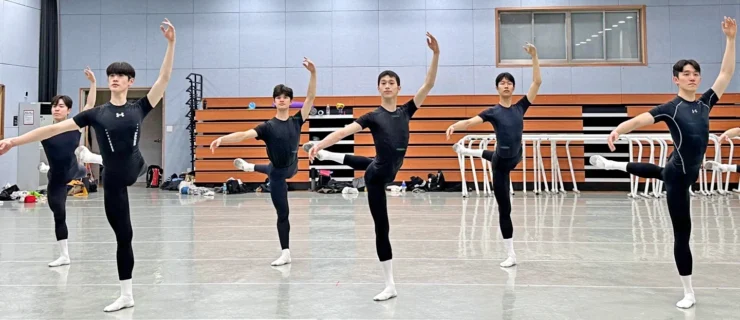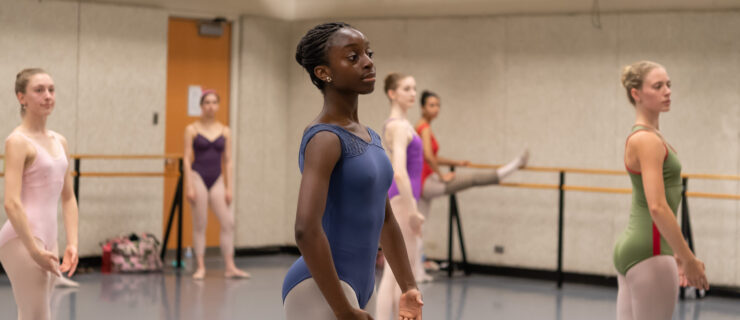The Atlanta Ballet 2 Experience Protects Time for Artistic Growth
Second company experiences can be tricky limbo periods for young dancers to navigate. You’re no longer a student but not yet a corps dancer. Atlanta Ballet dancer Spencer Wetherington, who spent two years in Atlanta Ballet 2 before being promoted to the main company, calls the second company experience a rite of passage. “Arguably probably one of the hardest passages,” he adds, “to try to get your foot in the door and then to keep walking through that door.” Sharon Story, dean of Atlanta Ballet’s Centre for Dance Education, says that she and artistic director Gennadi Nedvigin are in lock-step when it comes to the program objectives of Atlanta Ballet 2 and how to guide dancers through this period in their professional development.
First, they see the second company as a fruitful hiring ground for the main company. More than that, however, the second company is a performing ensemble in its own right, a choreographic lab, and, most importantly, a time for Atlanta Ballet 2 dancers to nurture their artistic development. For many dancers, though, the path to the second and main companies starts earlier, during a two-, three-, or five-week summer intensive program at Atlanta Ballet.
A Pathway to the Second Company
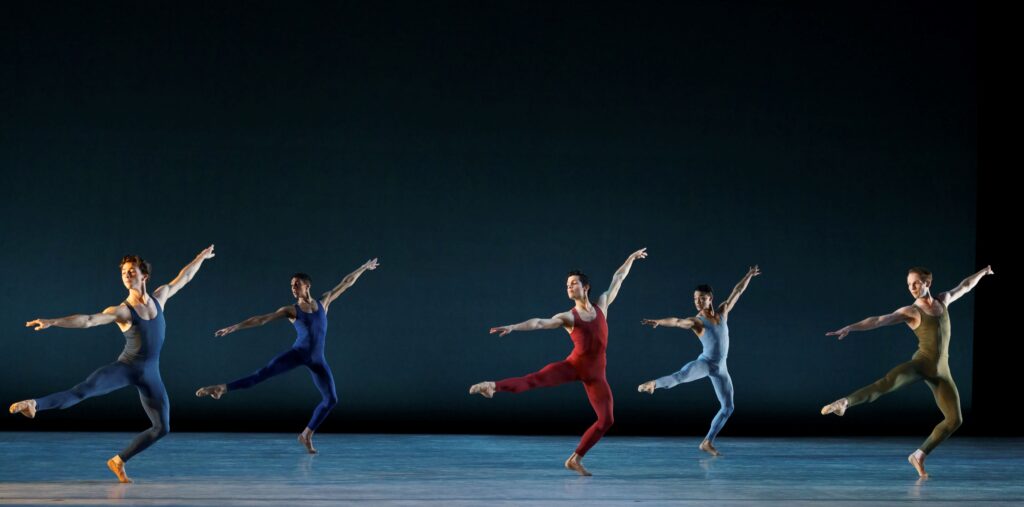
Camille Jackson can trace her involvement with Atlanta Ballet back even further, to age 4. She grew up training at the Centre for Dance Education in its Academy and five-week summer intensive programs, and is currently in her first year with Atlanta Ballet 2, which is typically a one- to two-year track. Though she has broadened her horizons with summer intensives at Pittsburgh Ballet Theatre and The Royal Ballet School in London, she always knew she wanted to return to Atlanta. “Every time I look into the company studio or I go see the main company’s show, there’s never been a moment where I wasn’t saying, ‘I want to be doing this in the next two to three years.’ ”
For students from other schools or regions who have professional aspirations in Atlanta, the five-week summer program serves as an ideal recruiting ground for Atlanta Ballet 2, which in turn feeds directly into the main company. “[Nedvigin] has a wonderful track record of promoting from Atlanta Ballet 2 first into the company before we go out and look for new company members,” says Story. Through their exposure during intensive training and the performance component at the end, summer-study dancers are considered for the full-year Academy program and Atlanta Ballet 2.
A Day in the Life
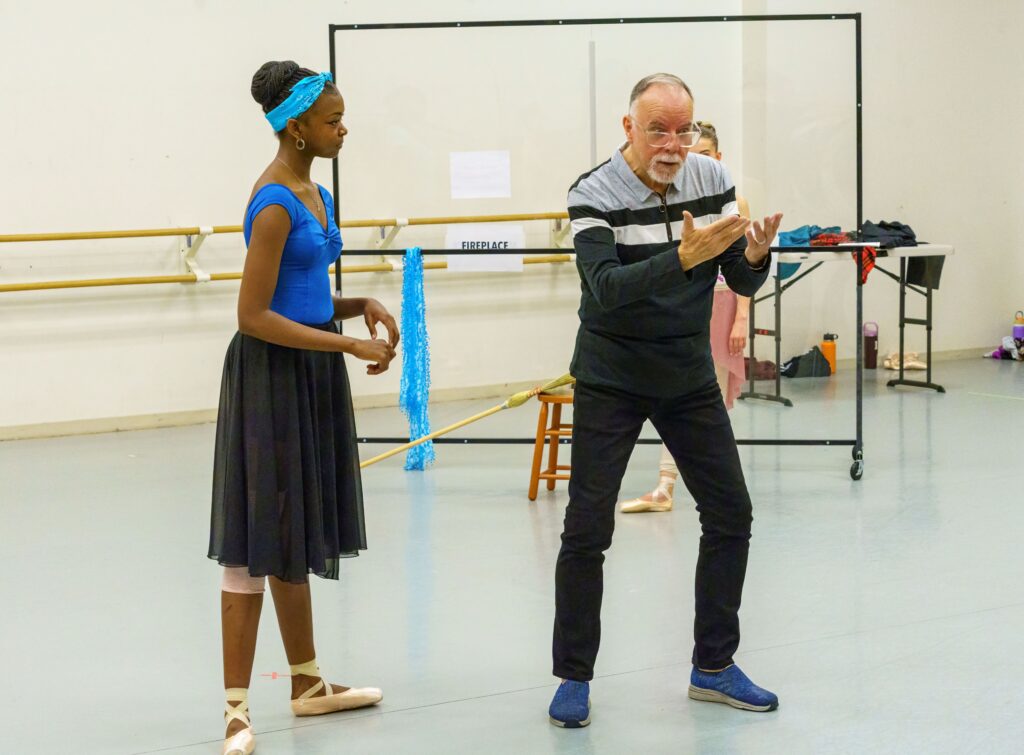
Jackson and her 16 Atlanta Ballet 2 colleagues begin their day with a technique class led by dedicated faculty or with the main company, followed by rehearsals for second and main company productions. One of Jackson’s greatest and most necessary challenges has been learning the ropes with the corps de ballet. “It’s about ‘we,’ not ‘me,’ ” says Jackson about spending time in the studio or onstage with the main company. “You get into these big, full-call rehearsals and the staff doesn’t have time to go over little details with each individual person. And so I have to take the initiative myself.” Jackson has tested her corps mettle in classical ballets like The Nutcracker and La Sylphide, but she’s particularly excited to dance neoclassical roles this season. She is learning “perfume” and “catwalk” corps roles for the February run of Coco Chanel: The Life of a Fashion Icon, plus soloist roles in Atlanta Ballet 2’s production of Bruce Wells’ new Cinderella.
Refining Their Artistry
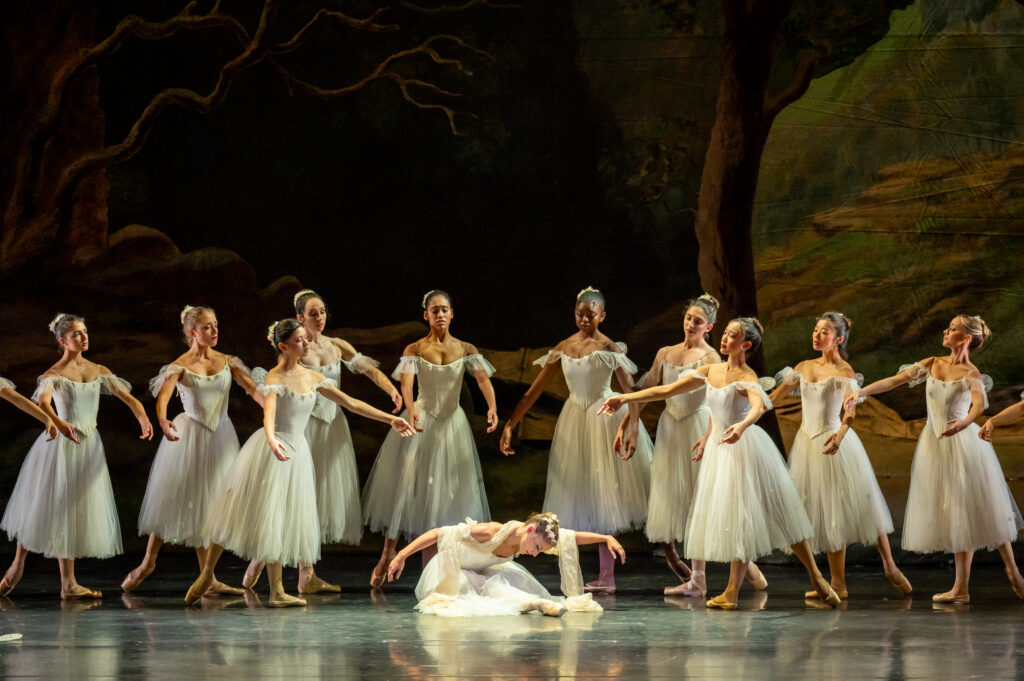
While Atlanta Ballet 2 provides valuable experience in learning corps responsibilities, it’s also a time for students to develop their voices. “We hone in on their art,” says Story, “making sure that they keep everything that they’ve learned as a student, but then really watch for the small things that create a professional dancer: the articulation of the feet, the movement, the musicality—all those things that are the polishing steps.”
Wetherington could not agree more. “You can’t have one without the other. If you have aspirations to be a principal dancer, like most of us do, you need to have that practice beforehand. In the same vein, you need to be able to have the humility and the sense of teamwork to be able to work in a corps de ballet.” During his two years in the second company, he learned to focus not just on the “what” and the mechanics of the steps but the “how” and the story behind them.
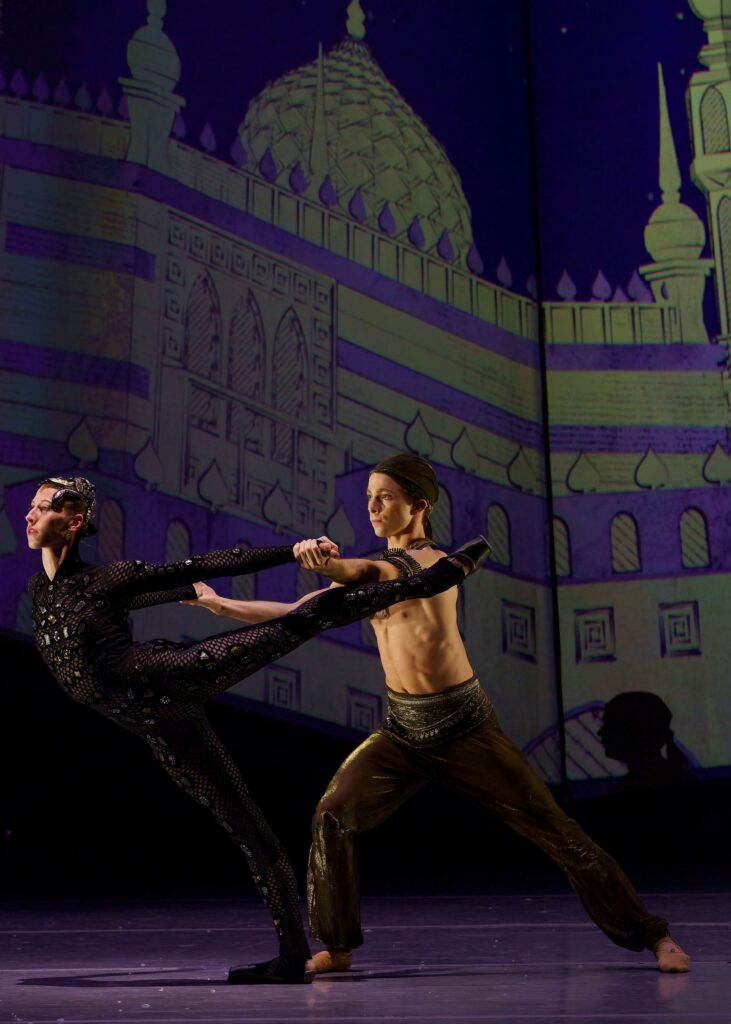
A Proven Track Record
Twelve dancers from Atlanta Ballet 2 have been hired into the main company over the past five years. While Jackson hopes to join Atlanta Ballet at the end of her Atlanta Ballet 2 experience, she feels confident that the second company is giving her the tools and experience necessary to succeed in any organization. Indeed, Story and Nedvigin take an active role in helping dancers advance if a spot isn’t available for them in Atlanta. “We know people all over the country, all over the world,” says Story. “So we reach out to other companies and say, ‘Hey, we’ve got this talented dancer, what do you think?’ ”
While the benefits of such professional connections are obvious, Atlanta Ballet 2 dancers know that they are bringing reciprocal value. In addition to being cast in main-stage productions, the second company is used as a sort of choreographic lab, with Nedvigin inviting main company members, outside choreographers, and even Atlanta Ballet 2 dancers themselves to create and set work for community performances.
Despite the high expectations set on Atlanta Ballet 2 dancers, Story, Jackson, and Wetherington all agree that the emphasis on personal growth fosters a noncompetitive environment. For any dancer entering these finishing years, Story recommends, “Don’t put so much pressure on yourself that you have to achieve 32 double fouettés. It’s not about that. It’s about the growth year: where you started when you first walked in the doors in August to where you end up in May.” Following one season as an apprentice, Wetherington ended up with a company contract in 2021, and he expects to reap the benefits of his Atlanta Ballet 2 experience for many years to come. “They plant seeds that blossom throughout your entire career.”




